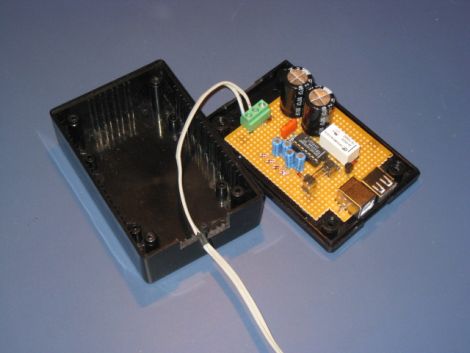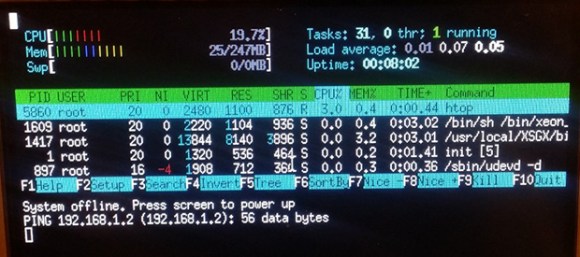
For years, [Rasmus] has left his computer connected directly to the mains power so that he can turn it on via Wake on Lan. While powered down, it would still continuously consume about 6W of electricity, but now that he didn’t need it to be on standby so often, he wanted to make it more energy efficient.
In Denmark, where he lives, many people use power strips that have an onboard USB cable. These strips are meant to reduce the standby power consumption of PC peripherals such as monitors by powering on the mains sockets only when the computer is active. He decided the easiest way to cut his standby energy consumption to 0W would be to power his computer via this strip as well.
While it sounds great in theory, it presented a sort of chicken/egg problem. If the computer needs to be turned on for the power strip to recognize it, then how could he also supply power to the computer from the same strip? His solution was a small circuit that would charge up while the computer was running, and still hold enough juice to kickstart the PC’s boot process, thus turning on the power strip.
It really is an ingenious way to go about things, nice job!















